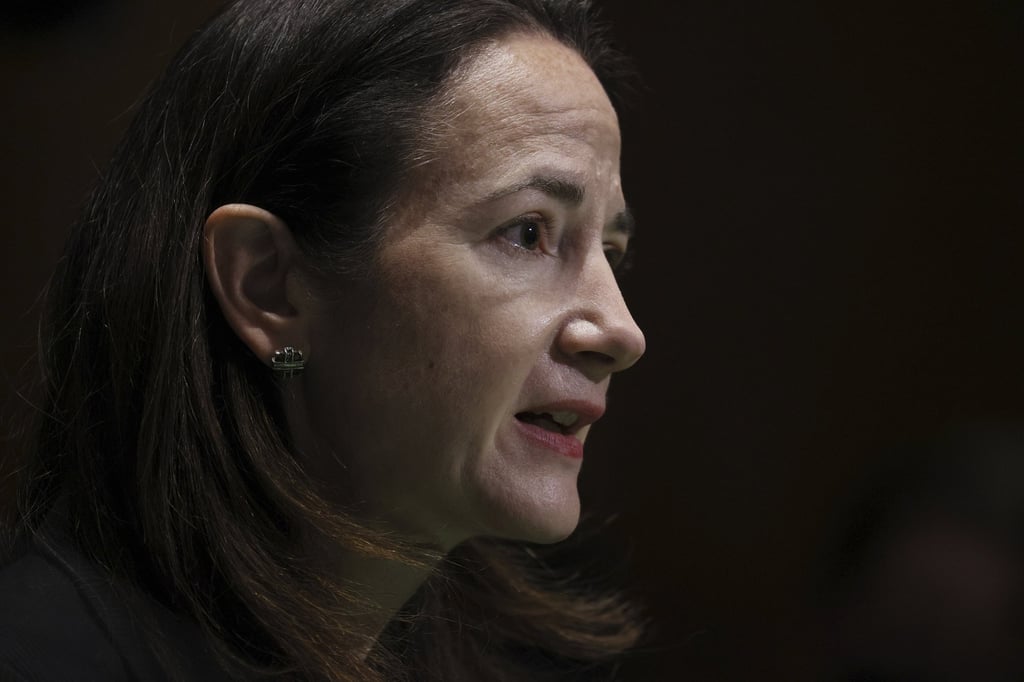US intelligence assessment moves China to the top of the threat list
- A report by the Office of the Director of National Intelligence begins with a section on ‘China’s push for global power’
- The first threat assessment of Joe Biden’s presidency picks up where the Trump administration left off

The US intelligence community has put China at the top of its annual report of national security threats, warning of Beijing’s struggle to realise “an epochal geopolitical shift”, including increased air and naval operations in Asia intended to assert its control in contested areas.
“Beijing is increasingly combining its growing military power with its economic, technological and diplomatic clout to preserve the CCP [Chinese Communist Party], secure what it views as its territory and regional pre-eminence and pursue international cooperation at Washington’s expense,” said the report, published last week and declassified on Tuesday.
The Annual Threat Assessment of the US Intelligence Community, published by the Office of the Director of National Intelligence (ODNI), begins with a section on “China’s push for global power”, followed by three sections describing the “provocative actions” of Russia, Iran and North Korea, before moving on to international issues such as Covid-19 and climate change.

In the South and East China seas, Beijing “will use growing numbers of air, naval and maritime law enforcement platforms” in an effort to show Japan and Southeast Asian countries that it has effective control over the contested areas, the report warned.
“We expect the PLA [People’s Liberation Army] to continue pursuing overseas military installations and access agreements to enhance its ability to project power,” it said, adding that the PLA’s “highly accurate short-, medium- and intermediate-range conventional systems are capable of holding US and allied bases in the region at risk”.